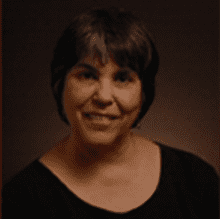 | ||
Susan A. Miller is an American Indian historian and past faculty member at Arizona State University within the American Indian Studies Program. She currently lives in Lincoln, Nebraska. She is member of the Tiger Clan and Tom Palmer Band of the Seminole Nation and attended the University of Nebraska. She has made important contributions to academia in respect to Native American history. As a historian, she has written pieces that look to educate the masses in America about the myths and lies that have been taught about Native Americans since colonization. She has helped to retell history as well as study how other academics have contributed to countering the falsities about Native American History. Some of her works are:
Important Writings
References
Susan A. Miller Wikipedia(Text) CC BY-SA
